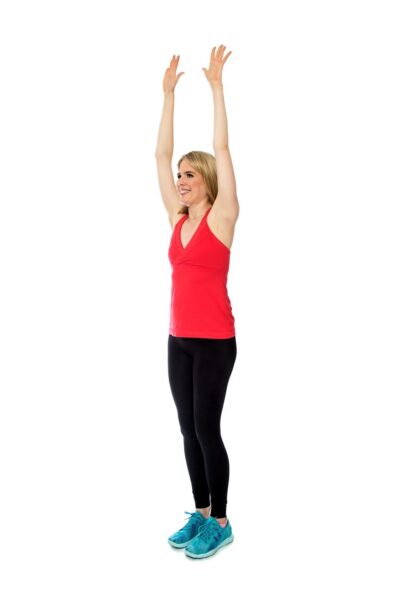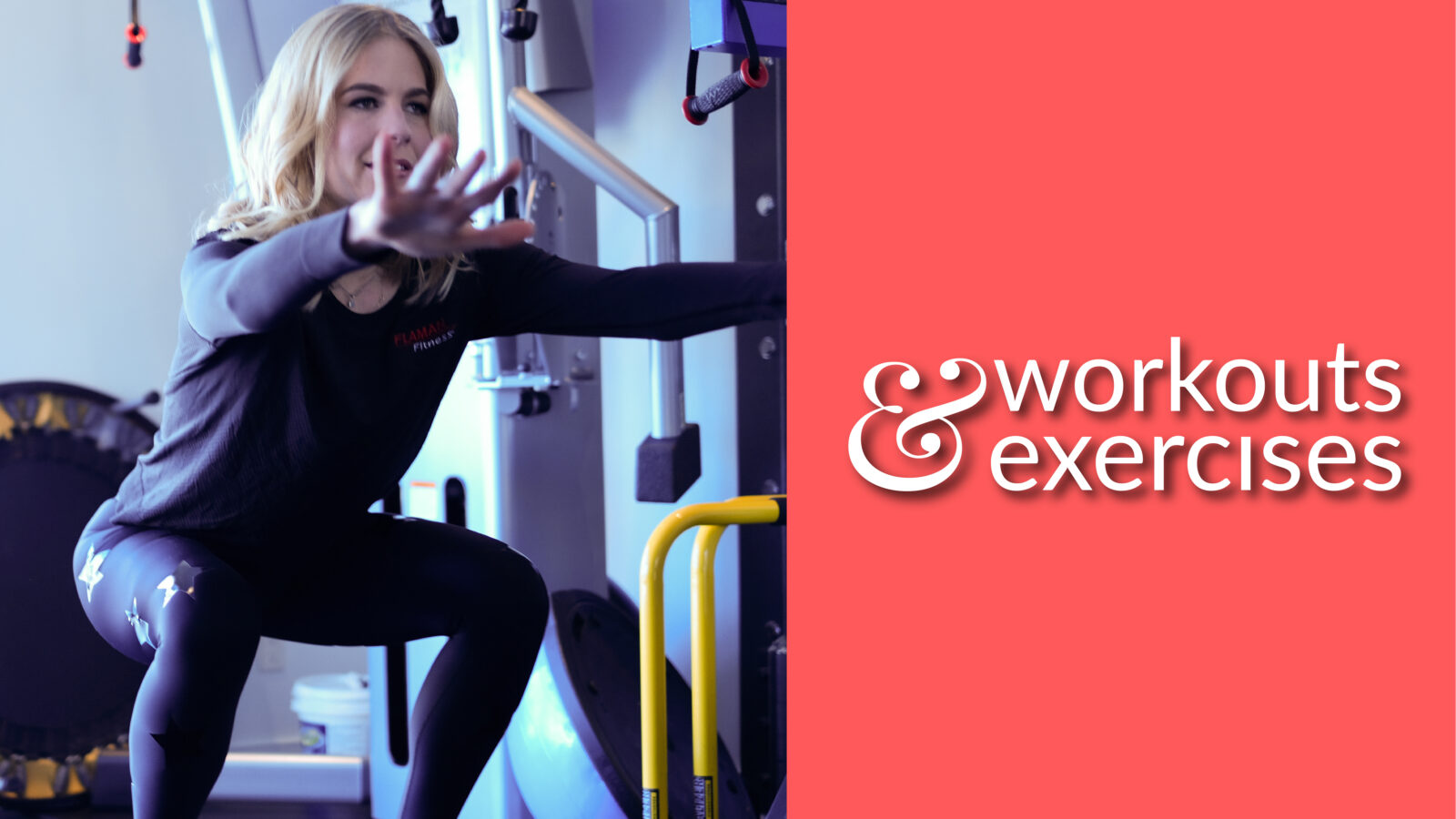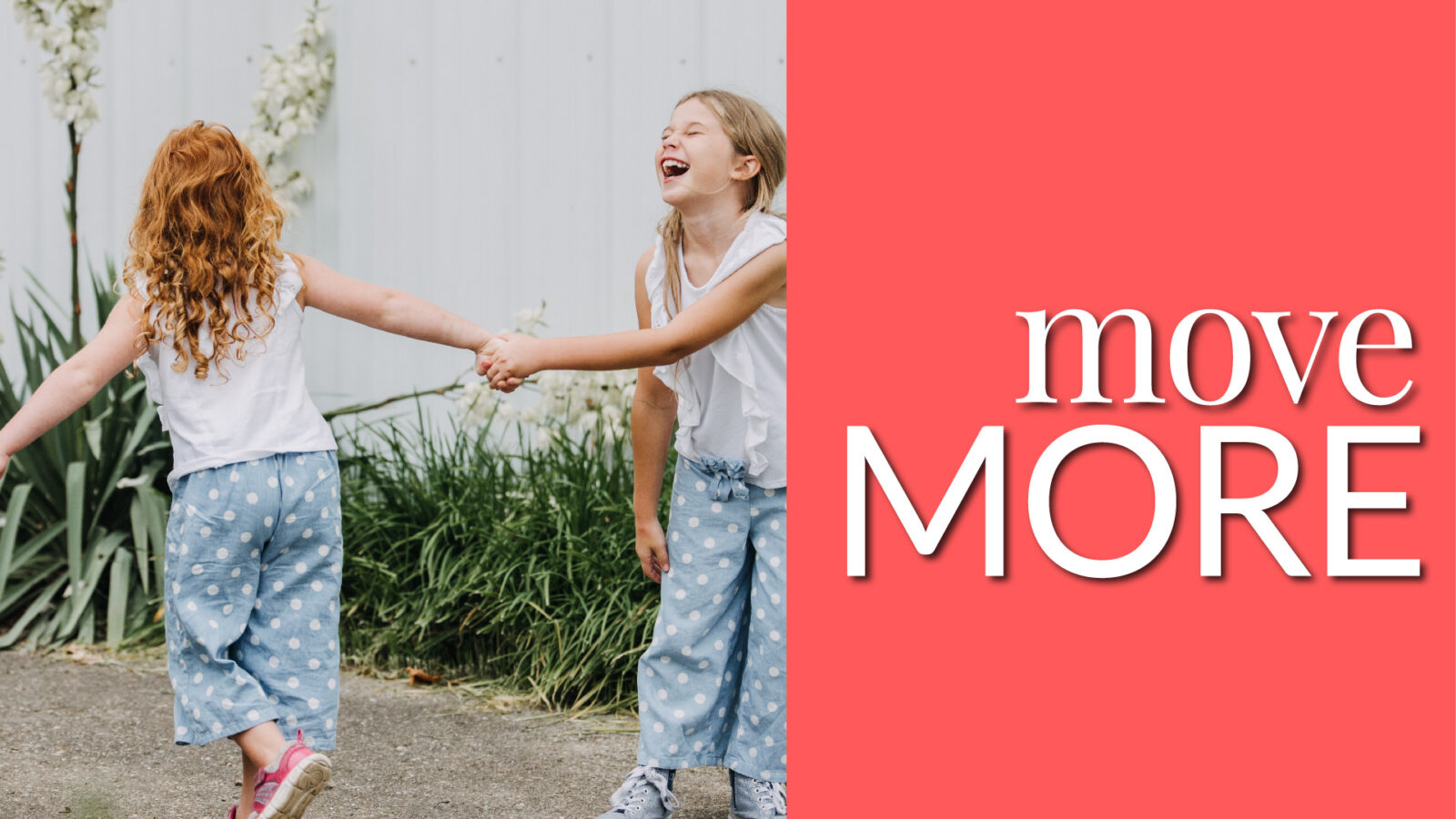35 or over? Consider these 4 exercises non-negotiable

Unless you consciously train your body, you will start to lose strength, stamina, and mobility as you age. Here are four exercises to do when you hit age 35.
Too many of us take our bodies for granted. We assume we will be able to effortlessly do tomorrow what we can do today, or we see our bodies as they were 10 years ago rather than how they are now. I am not immune to this phenomenon. I constantly have to remind myself that I do not recover as I did in my 20s. I need more time between workouts and more “self-care,” such as stretching and massage, to maintain the same workout intensities.
Like it or not, bodies change with time. With age, our muscle and bone mass, metabolism, mobility, stamina and strength naturally decrease, unless we make a conscious effort to mitigate the changes.
Adopting a healthier lifestyle is often framed as being about getting stronger, but as you age, the first step is simply not to lose ground.
Your future self will be less sore, stiff and prone to injury and poor posture — and instead be healthier and happier — if you start an appropriate exercises routine now!
Don’t put off to tomorrow what you can do today.
I’ve hand-picked four types of exercise that, while ideal for everyone, should be thought of as “non-negotiable” after 35. They will mitigate the typical changes that occur with age.
Why 35? Really, the age to start is the age you are NOW. If you’re 30, start now. If you’re 40, start now. If you’re 70, now!
I say 35 because these types of exercises (balance, mobility training, etc.) are too often thought of as only imperative after maybe age 45 or 50; but remember, it is always easier to “keep up than to catch up.” By starting early, you are setting yourself up for health success; you are increasing bone and muscle mass before either have started their decline and creating a “bank” you can add to or draw from if needed as you age. And don’t think you can “opt out” of these exercises because you are a runner or a cyclist, or play sports daily. Exercise is only a positive stress on the body if given the tools to recover and the strength to properly produce the motions.
Don’t put off to tomorrow what you can do today. Start now!
Maintaining the ability — both the strength and the mobility — to squat is imperative! We squat innumerable times every day. Think about it. You squat to go to the bathroom, to sit down and get up, to get in and out of the car, and even to sit down into bed. It is almost impossible to function if you can’t squat, but to produce the movement pattern, you need hip, knee and ankle mobility, as well as lower-body and core strength. Including squats as a non-negotiable part of your workout routine helps maintain this mobility and strength.
The squat is, in my opinion, the most fundamental strength exercise, but really strength exercises in general should be non-negotiable. Strength training increases lean muscle mass, helps to decrease the risk of osteoporosis, maintains the integrity of joints and mitigates decreases in bone and muscle mass. Don’t just squat. Incorporate a range of multi-joint functional exercises; try deadlifts and rows, for example.

Tips on squatting: Start with your feet hip-distance apart. Bend at your knees, hips and ankles so that you sit backwards — as if you were sitting in a chair. As you sit, imagine your sit bones widening at the back. Watch your knees — make sure they track over your middle toes. Engage your bum and core to stand up.
Walking and running require single-leg stability. Since walking is key for functional fitness and independence, to avoid injury I suggest training your muscles to support your body on one leg. Single-leg exercises train the body to balance, dissipate forces and provide feedback to the brain about the body’s position in space.
Try standing on one leg. Once that is easy, close your eyes and/or do a single-leg hinge: stand on your right leg, chest out. Hinge forward, keeping your back flat. Keep your left hip down toward the floor as you hinge your chest forward. Use your right bum muscles to stand up. Repeat five or more times. Switch legs.

We are not robots, but with age our bodies often start to feel stiff. The body becomes less subtle; we lose the ability to easily rotate, bend, step or lean sideways, and react with multi-directional movements. This lack of agility not only feels terrible, but it can contribute to injuries from doing simple tasks like rotating to get something from the backseat or reaching for something awkwardly placed. The solution? Try activities such as dancing, sports that require multi-directional motion, like tennis, and/or multi-direction strength exercises such as side lunges.
Side lunges: step your right leg sideways. Sit backwards into the right leg — as if your right bum is squatting into a chair. Keep your left leg straight. Keep your chest out and shoulders back. Engage your right bum muscles to power you back up to standing.
Interval training improves cardiovascular health, places a high metabolic demand on the body, burns lots of calories in a short amount of time, produces a high EPOC (post-workout calorie burn), increases mitochondrial growth (mitochondria help to burn fat) and helps improve one’s fitness level.
On any cardio machine try rolling intervals: once warmed up, alternate one minute easy, one minute moderate, and one minute hard for nine to 15 minutes. Alternatively, try jumping rope or high-intensity body-weight cardio exercises such as burpees or jumping jacks.



Regardless of age, embrace the “today not tomorrow” message. Your body will not maintain its current strength, stamina and mobility without conscious effort. If you like other forms of exercise, by all means do what you love; but make sure you also including these “non-negotiables,” starting today!












